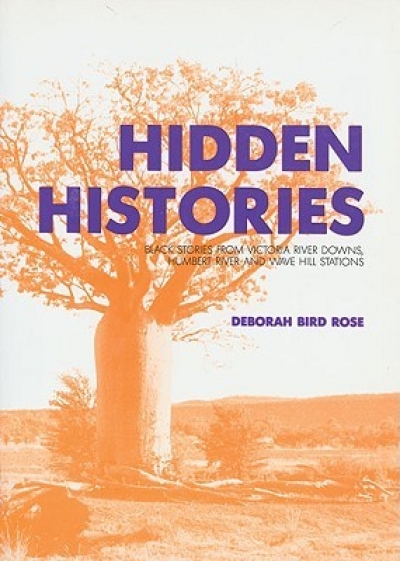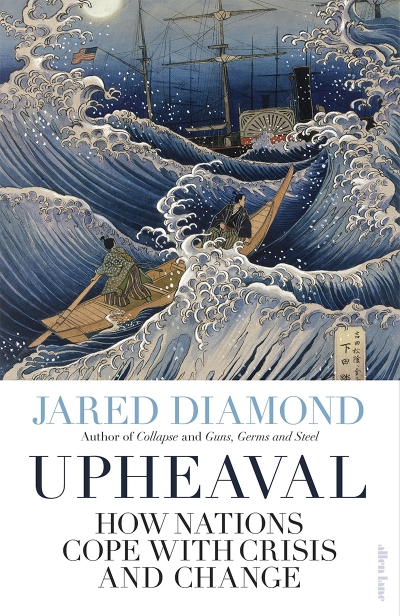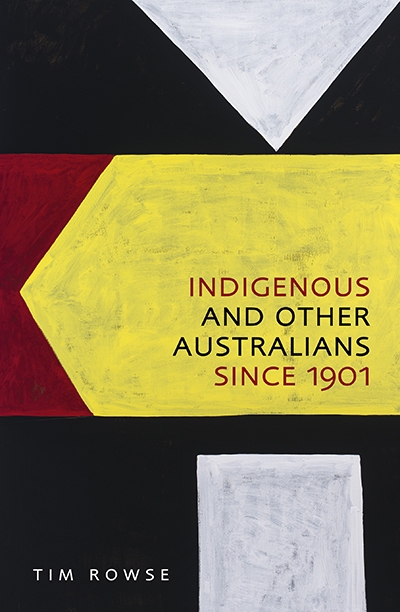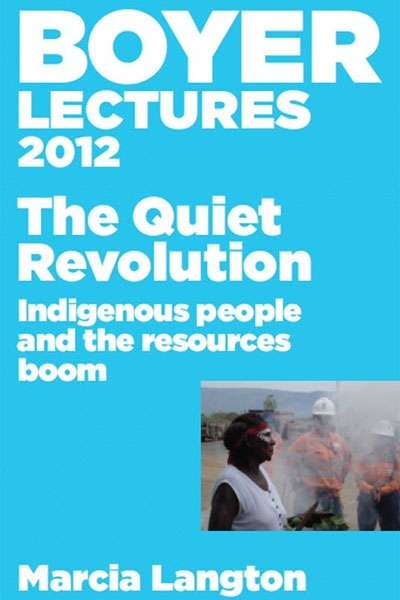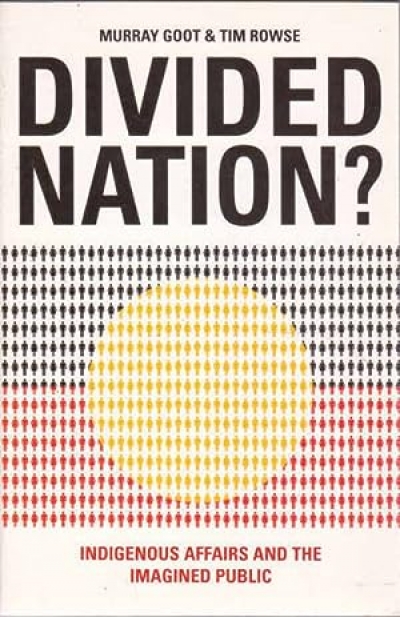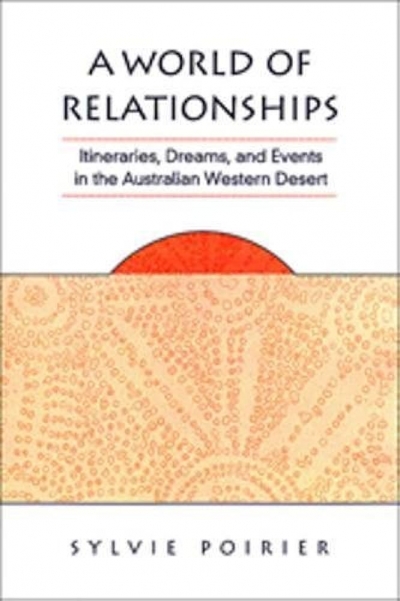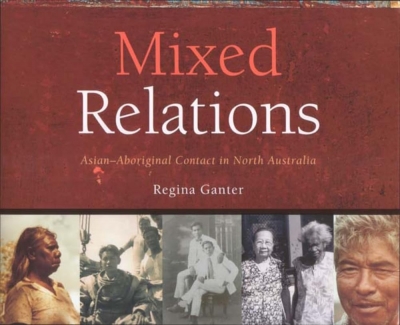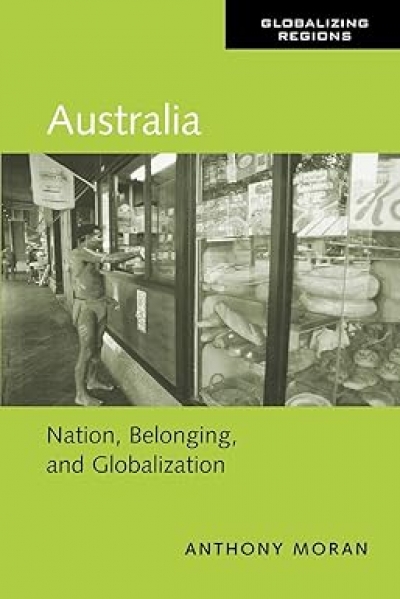Tim Rowse
Hidden Histories: Black stories from the Victoria River Downs, Humbert River and Wave Hill stations by Deborah Bird Rose
by Tim Rowse •
Comments from John Miller, Barry Oakley, Davd Fitzpatrick, Claire Rhoden, and Robert Wills.
... (read more)To the layperson, the shifts and variations in government policy and its effects on Aboriginal lives can be bewildering, even during the past decade. Tim Rowse has done a great service by analysing more than a century of this tangled history, locating its patterns and its driving forces and making sense of it ...
... (read more)The Quiet Revolution: Indigenous People and the Resources Boom (2012 Boyer Lectures) by Marcia Langton
by Tim Rowse •
Divided Nation: Indigenous Affairs and the Imagined Public by Murray Goot and Tim Rowse
by Anthony Moran •
A World of Relationships: Itineraries, dreams, and events in the Australian Western Desert by Sylvie Poirier
by Tim Rowse •
Mixed Relations: Histories and stories of Asian–Aboriginal contact in north Australia by Regina Ganter (with Julia Martinez and Gary Lee)
by Tim Rowse •
Australia: Nation, belonging, and globalisation by Anthony Moran
by Tim Rowse •

